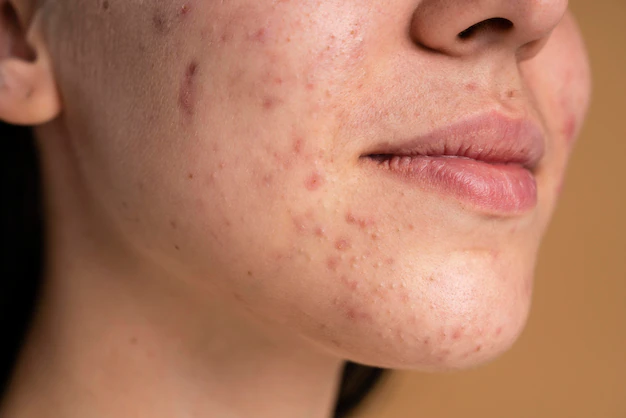Rosacea: Flushing and Redness of the Face

Rosacea is a chronic skin condition that primarily affects the face, causing redness, flushing, and acne-like bumps. It typically begins in middle age and is more common in women than in men. While the exact cause of rosacea is unknown, it is believed to be related to genetic and environmental factors, such as sun exposure, spicy foods, and alcohol.
Symptoms of rosacea include:
- Redness: Rosacea causes a persistent redness on the cheeks, nose, forehead, and chin.
- Bumps and pimples: Some people with rosacea develop acne-like bumps and pimples on the affected areas.
- Flushing: Rosacea can cause sudden and intense redness and flushing of the face.
- Eye irritation: In some cases, rosacea can also cause eye irritation and dryness.
There is no cure for rosacea, but there are several treatments that can help manage the symptoms. These include:
- Topical medications: Creams and gels containing antibiotics, azelaic acid, or metronidazole can help reduce redness and inflammation.
- Oral medications: Antibiotics, such as doxycycline, can be used to treat more severe cases of rosacea.
- Laser and light therapies: These treatments can help reduce redness and improve the appearance of blood vessels on the face.
- Avoiding triggers: Certain triggers, such as sun exposure, hot beverages, and spicy foods, can worsen rosacea symptoms. Avoiding these triggers can help manage the condition.
- Skincare: A gentle skincare routine can help reduce redness and irritation. It is important to use mild, fragrance-free products and avoid scrubbing or rubbing the affected areas.
If you think you may have rosacea, it is important to see a dermatologist for an accurate diagnosis and treatment plan.
